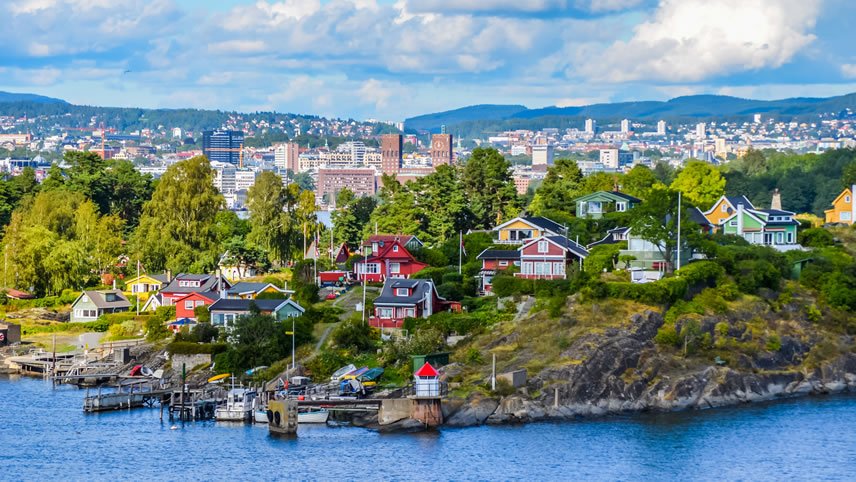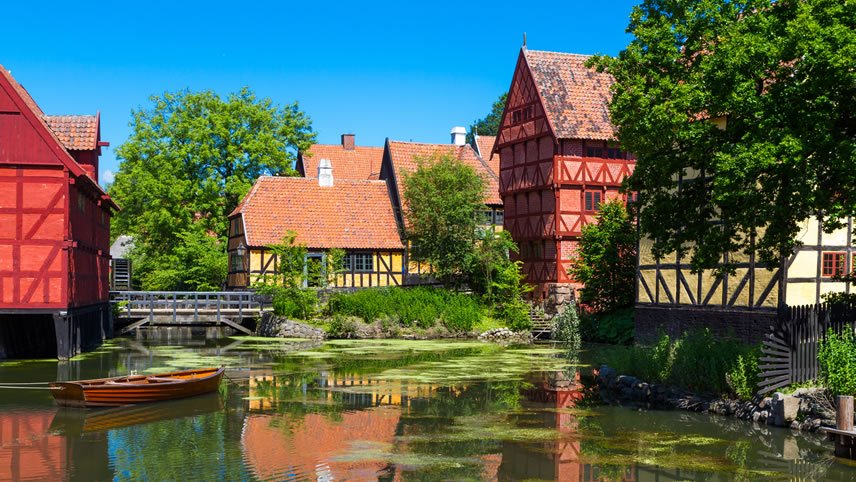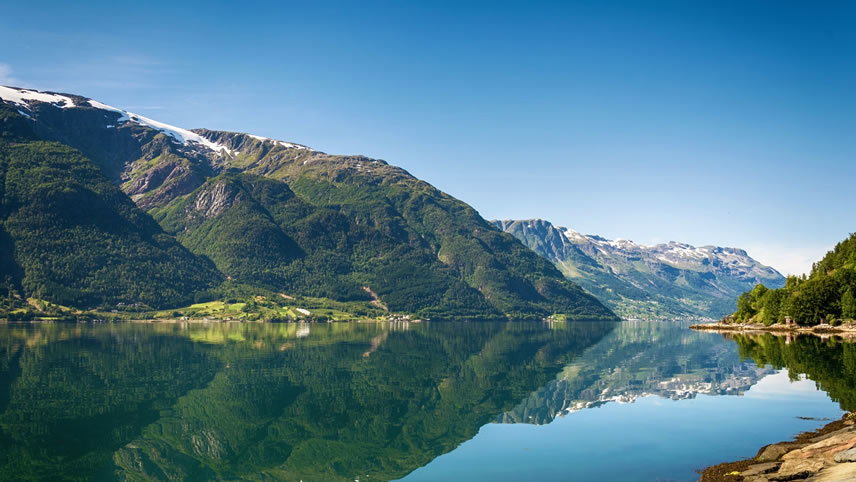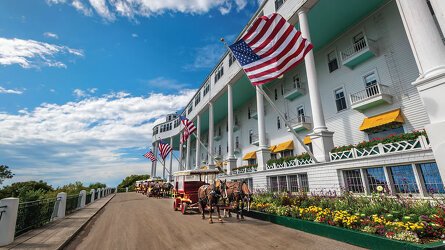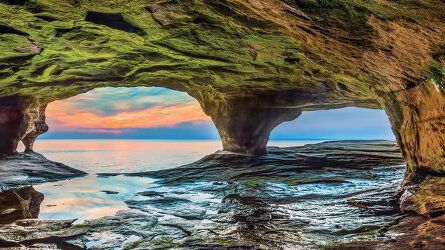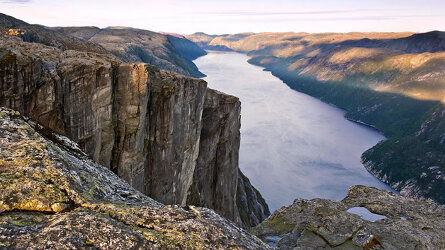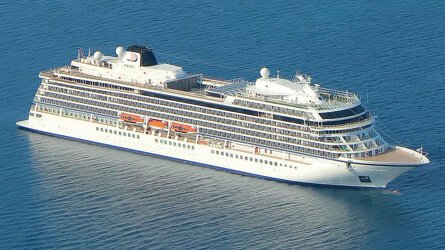Overview
Itinerary
Embark your ship and settle into your stateroom. Oslo is one of Scandinavia's most vibrant cities, set on a splendid bay amid stunning fjords and hills. It was founded by a Norseman, King Harald III, and has grown over the centuries around the cherished Akershus Fortress. The city not only has a rich Viking past with its close ties to the sea, it also boasts an impressive artistic heritage. Perhaps its most famous painter is Edvard Munch, whose work The Scream is known the world over. But Gustav Vigeland's 200 or so sculptures are the most prominent works in the city, on full display throughout Vigeland Park.
Oslo is Norway's largest and most populous city. The city is nestled between the waters of Oslofjord and the sloping forestlands that stretch into the hinterlands, so a nature walk is never far away. Oslo is also home to many notable museums that celebrate the city's vibrant art scene and its Viking heritage. The Nobel Peace Center celebrates the legacy of Alfred Nobel, who bequeathed his fortune to establish what is considered the world's most prestigious award—the Nobel Peace Prize.
Skagen is a charming old seaside village nestled amid pristine dunes, picturesque moors and long sand beaches. During the Middle Ages, Skagen was known for its herring catch, and remains a major fishing center today. With the introduction of the railway, a group of impressionist painters discovered the area's seascapes and soft evening light and journeyed here to found the Skagen Painters; their work is showcased at the small Skagens Museum. The lure of Skagen inspired royalty to visit: King Christian X was so taken with the setting that he built a summer residence here.
Århus, located on Jutland's eastern coast along its eponymous bay, is Denmark's second-largest city. One of the country's oldest cities, with roots dating back to an 8th-century Viking settlement, Århus became a center for trade and prospered during the Middle Ages. Today, it is an eclectic mix of past and present. A bustling port and center for commerce and industry with a modern skyline, it still retains its old-world charms in Den Gamle By, or Old Town, a repository of medieval landmarks, including centuries-old timbered houses and the 13th-century Århus Cathedral.
Kristiansand boasts tidy streets, cozy harbors and small-town charm. The town's Viking past can be traced in the runestones at the Oddernes Church, built in 1040 and dedicated to St. Olaf, patron saint of Norway. In the 17th century, King Christian IV ordered the Christiansholm Fortress to be built to defend the newly founded city. Today, the edifice is adjacent to an inviting harborside boardwalk. The city's rich traditions are embodied in the old wooden houses of the Old Town and the stunning neo-Gothic cathedral.
The coastal town of Haugesund is considered the birthplace of Norway. The Haraldshaugen Monument marks its unification into one kingdom in 872 and is said to be where the first king of Norway was buried. All the typical characteristics of a seaside Norwegian town are here: rustic timber houses, stunning sea views from the quays and magnificent vistas of fjords from the Steinsfjellet viewpoint. The region's cultural heritage is inextricably linked to the sea; built on the herring industry, surrounding charming towns have thrived on its success and continue to do so today.
The quaint village of Eidfjord is nestled in the heart of one of Norway's most scenic regions. From the Norwegian Sea, the waters of the expansive Hardangerfjord lead to the smaller Eidfjorden and to this charming mountain hamlet. Eidfjord embodies the Norway of every traveler's dream, the gateway to Hardangervidda, Europe's largest mountain plateau of soaring beauty. Wild reindeer roam here, among stunning, treeless moorlands dotted with pools, rivers, streams and the Vøringfossen Waterfall, a 550-foot cascade that plummets into the cavernous Måbødalen Canyon.
Bid farewell to your fellow guests and journey home. Or spend more time exploring, perhaps joining one of our extensions.
Life Onboard Viking Saturn
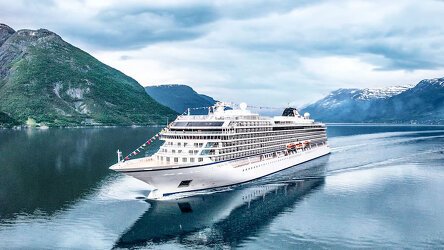
With her maiden voyage in 2023, the Viking Saturn is an all-veranda ship, part of a fleet of award winning, state of the art ships incorporating all the comforts & luxuries you would expect from Viking. Read more
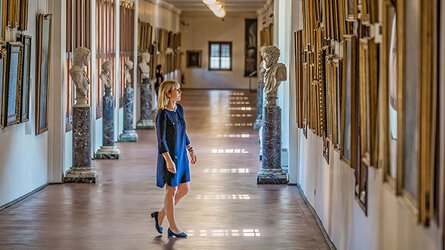
Viking are destination experts. With no casinos or children on board, you can be assured that the focus is firmly on enrichment and education. Read more
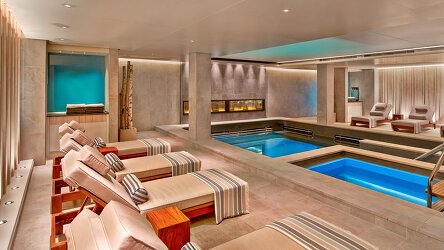
After a day of exploration or just to enhance the relaxation of a day at sea, the on-board Spa will leave you feeling recharged and revitalized. Read more

Viking offer eight on board dining options. Beer, wine and soft drinks are available with lunch and dinner at no additional charge of fee. Read more

Viking proudly includes all that you need and nothing you do not. A variety of features and services valued at $200 per person per day are standard inclusions in your cruise. Read more

Viking include one complimentary shore excursion in every port of call. Enjoy exclusive entry to cultural treasures and seldom-seen collections around the world. Read more

Availability Click on prices below to view cabin upgrades and details
Tour & cruises prices are per person. Prices shown have savings applied, are subject to availability and may be withdrawn at any time without notice. Pricing and trip details are correct at this point in time, however are subject to confirmation at the time of booking and are subject to change by Viking. For cruise itineraries, cabin images are sourced from Viking. These should be treated as indicative only. Cabin inclusions, upholsteries and room layout may differ to the image(s) shown depending on the ship selected and your sailing dates.
